Operencia: The Stolen Sun — Shining bright
When I first decided that I’d like to review Operencia: The Stolen Sun, I felt confident that I’d be delving into a rote RPG that pieced together nostalgic memories of 1980’s classics that were limited by the hardware of the time and have no place in modern gaming. I couldn’t have been more wrong.
Set in a world that shares its title, and taking place in around-a-dozen highly varied environments, Operencia: The Stolen Sun is an RPG that mixes real-time, tile-based movement with turn-based combat to offer gorgeous, richly detailed visuals that might not have been possible had a traditional first or third person approach been taken.
This means that although Operencia: The Stolen Sun’s world is viewed through the eyes of the protagonist (or their whole party really) the player will move around a series of ever-expanding maps that are sectioned off by various mechanisms, doors and plot elements. This kind of feels like a first Metroidvania, but the action takes place on the level, rather than across a more vertical set of levels.
Most critically, by keeping the player on a set path and avoiding the need to render character models for the player and their party, developer Zen Studios has been able to invest in what is seen by the player. This results in a series of very beautiful and incredibly diverse levels, as well as some hugely imaginative and often terrifying enemies.
Combine these features with good voice acting (for both male and female protagonists as well as all supporting roles), some superb sound effects and music — Operencia: The Stolen Sun becomes a tense, atmospheric and exciting experience, regardless of the somewhat “on rails” feel that the movement provides.
Structurally, Operencia: The Stolen Sun delivers a central narrative that should be good enough to keep the player focused on progressing through about fifteen to twenty hours of gameplay in total. The story begins small with the classic “A Hero Awakens” plot that soon develops into a much bigger “Oh No, Someone Stole the Sun: Who Will Save Us?” kind of beat. Whilst fairly standard in terms of what this asks of the player, the actual details of Operencia: The Stolen Sun are more varied and interesting than most, but no spoilers here.
This story leads players across the various levels in sequence, although it is possible to travel back to previously completed areas, potentially allowing players to revisit side quests, non-essential puzzles and some of the easy to miss secret areas. Operencia: The Stolen Sun uses a few old school mechanics, but it’s also fairly unforgiving in the style of older games too, which means that locating secrets often feels rewarding.
Puzzles — which are frequent — are a bit more of a mixed bag. Many of these are satisfying to complete and the variety (whilst often boiling down to finding missing parts and returning them to a mechanism) is quite high. Whether you’re collecting weights to hang off a lever or tokens from undead champions to place in a contraption, there’s enough difference to keep the challenges interesting. Sometimes though, puzzles can feel a bit overly tough (due to lack of clues) or too easy, simply because you stumble upon the solution by accident.
Combat, on the other hand, feels perfect to me. Every battle is entered into with open eyes — either because you deliberately enter the same space as an enemy or because one enters yours. In any case where one party sneaks up on the other, an ambush might occur which will cause the attacker to have an initiative advantage, but in every case, a combat view will load in revealing the enemy party.
Up to six adversaries can appear at once, with anything from skeletons, flying skulls and ogres to frogmen, dragons and wights being among the varied roster. I really can’t applaud Zen Studios enough for the number and variety of enemies, as well as the way that combat has been balanced to challenge the player party, no matter how carefully it is constructed.
Enemies have stats including strengths and weaknesses that are as varied as the enemies themselves. This causes the player to think about party balance very carefully, to an extent that I don’t often see in games these days. Putting all your focus into physical attacks or magical attacks of a certain element will most certainly result in failure. Permadeath and a hard combat difficulty setting (both options) up the ante considerably.
To aid the creation of well balanced party’s, Operencia: The Stolen Sun provides a simple, elegant character development interface that is a doddle to use. Each character basically has three skill trees to work through, with new tiers of abilities unlocked as points are put into each branch. Besides this, there are five key attributes (strength, agility, intelligence, wisdom and vigour) that affect a range of different statistics.
This level of customisation allows characters to be somewhat specialised and for the player to have a complete and clear understanding of what their capabilities are, whilst still allowing for future planning. This approach feels fair and even handed, given the need to balance the party for different encounters. This is actually achieved through having a large number of supporting characters, which can be changed in and out at bonfires once a certain point in the game is reached.
As Operencia: The Stolen Sun goes on, both the story and the level of peril intensify in a way that I particularly enjoyed and as a result I was hardly able to put the controller down throughout. The first half an hour or so does feel odd, but I’d suggest anyone who is even remotely interested in classic, story driven RPGs with good tactical combat should stick with it. Operencia: The Stolen Sun is a success and I, for one, am hopeful that it gets the sequel it deserves.
Operencia: The Stolen Sun is available now for Xbox One and subsequently for PC on the Windows Store. It is also available on the Epic Store, it will launch on Steam next year.
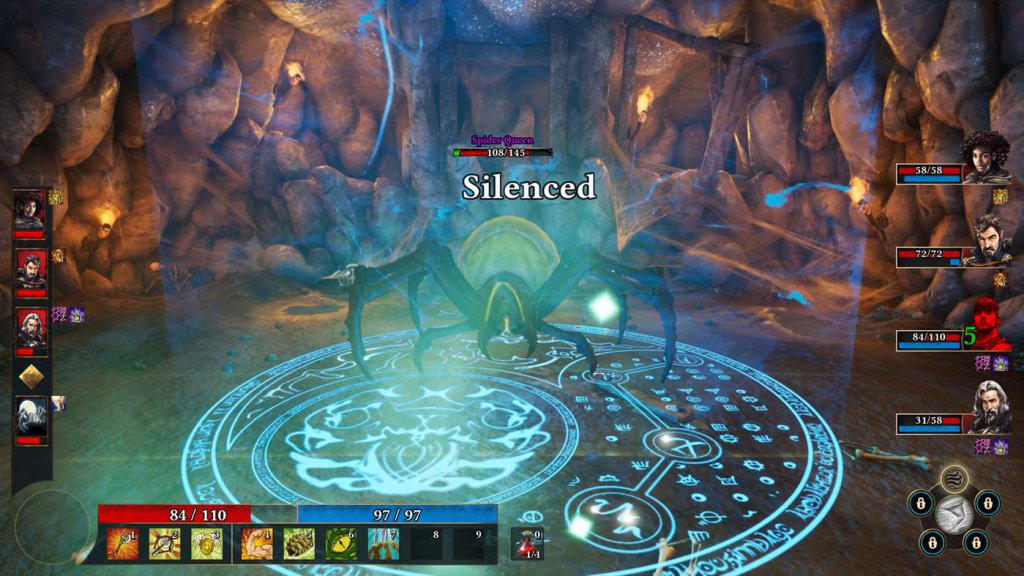
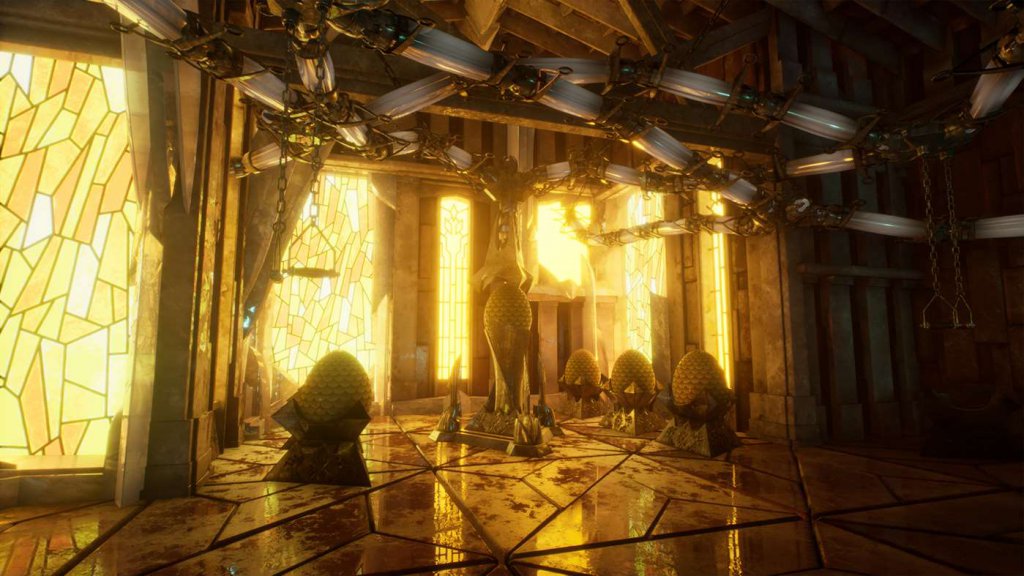
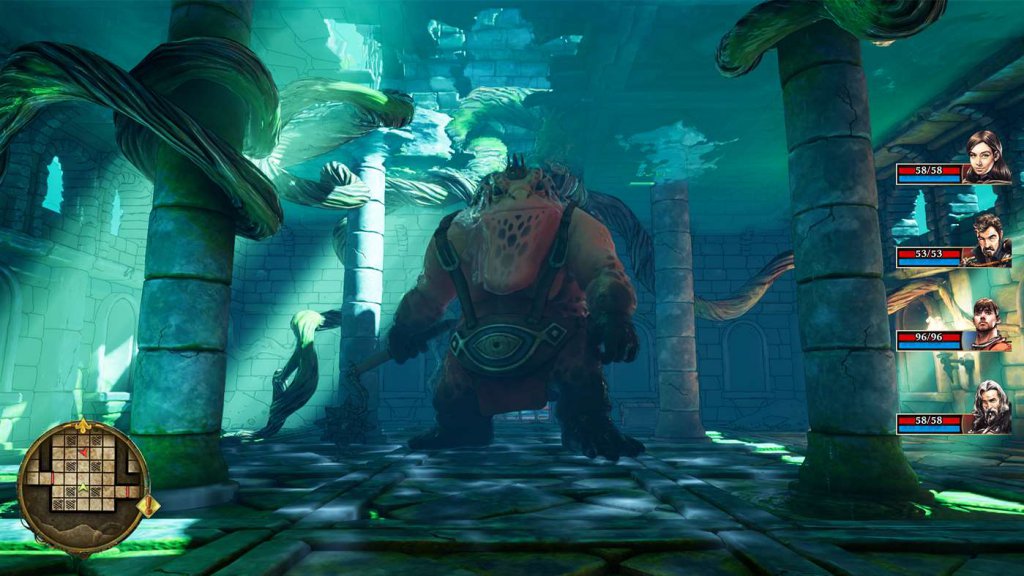
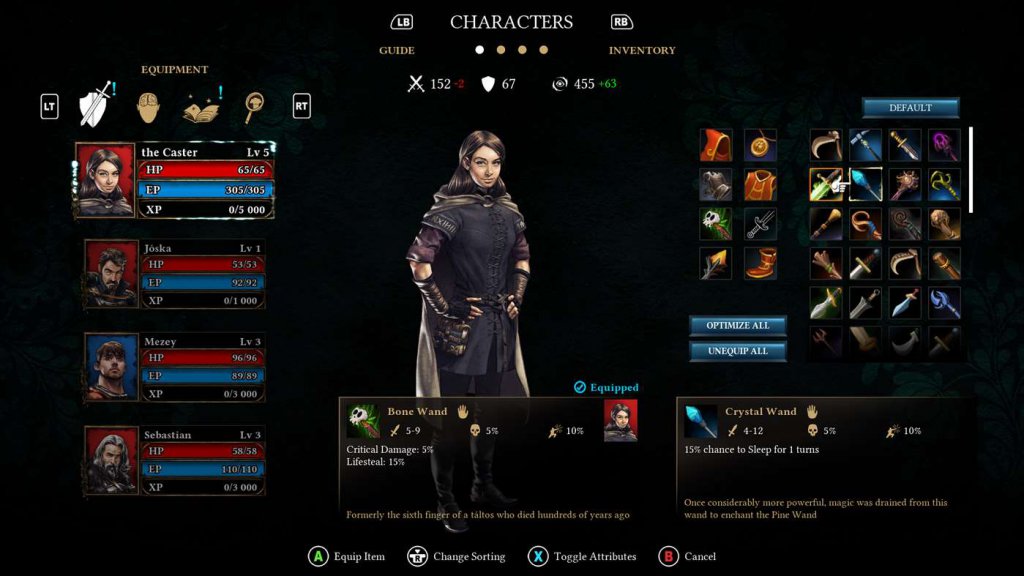
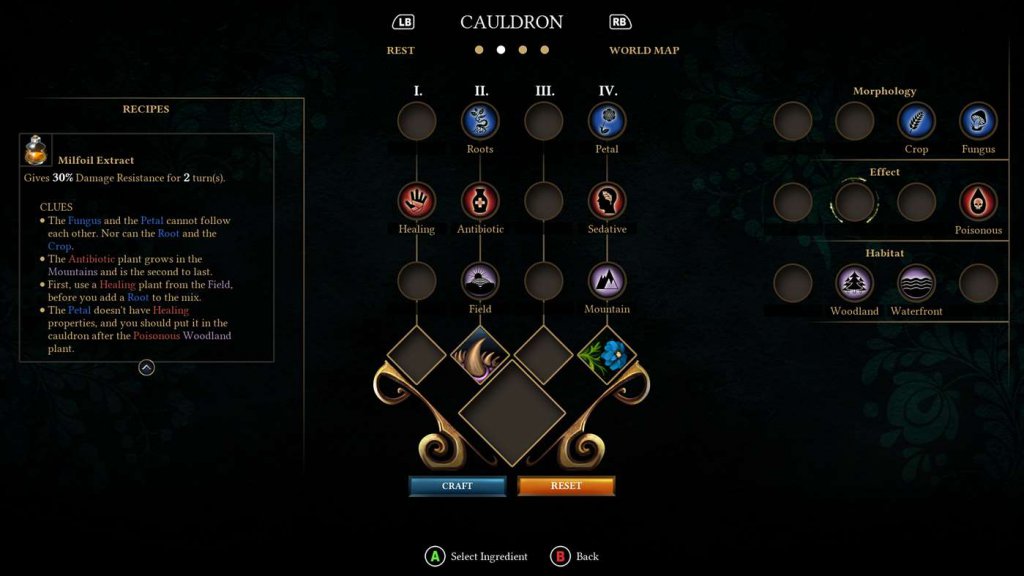
Comments are closed.